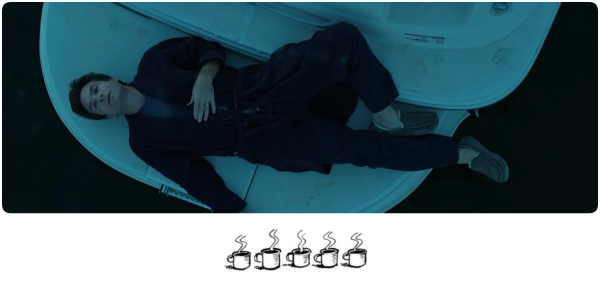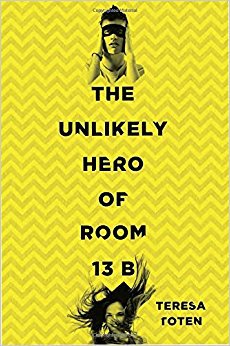 “I will design you a life. Not a mere house to live in, but a whole way of life.” So states modernist German architect Rainer von Abt to the recently married Landauers, a wealthy couple living in the recently independent Czechoslovakia.
“I will design you a life. Not a mere house to live in, but a whole way of life.” So states modernist German architect Rainer von Abt to the recently married Landauers, a wealthy couple living in the recently independent Czechoslovakia.
The minimalist Landauer house of glass and concrete causes a sensation in the tessellated, crenellated decorative tastes of the former Habsburg Empire. And for ten years, Viktor and Liesel enjoy von Abt’s promise: scintillating conversation along with the attention and company of artists, writers, musicians (both Czech and German). With its lack of ornamental detraction, Abt’s vision provides the growing family with an uninterrupted view to the world beyond. But, with rise of Nazism and fascism across Europe, it’s not a view Viktor welcomes.
Seeing the writing on the wall and ignoring the ‘it’ll soon blow over’ opinions around him, Viktor, as a Jew, transfers the bulk of his wealth and flees (with his family) firstly to neutral Switzerland before heading to the States via Cuba. He is one of the lucky ones.
But Simon Mawer’s novel is, ultimately, not the story of the Landauer family nor is it a telling of the Holocaust. The star of this particular tale is the building itself, a building sitting imperiously on a (large) suburban block with views over the unnamed Město (Czech for ‘town’) and its medieval castle.
As the Landauers depart, so German research scientists move in: post war under the Communist regime it’s a children physiotherapy gymnasium until, finally, it becomes a museum. Turning full circle, an ageing Liesel Landor (with an Americanised surname) returns, in 1968, to attend the official launch. The house is much changed having been damaged during the war along with general neglect. But Liesl, in spite of her blindness, knows every inch of her former beloved home.
In 1929, Fritz and Greta Tugendhat commissioned renowned German modernist architect Ludwig Mies van der Rohe to design and build them a home in the wealthy neighbourhood of Černá Pole in Brno in then Czechoslovakia. Today, it is regarded as one of the pioneering prototypes of modern European architecture and, after many uses, was repaired and opened as a museum in 2012. It had ceased to be a family home following the departure of the Tugendhats as a result of the Munich Accord in 1938.
Simon Mawer’s fascinating story is a fictional account of a house inspired by the Villa Tugendhat. Characters come and go but Liesel, her best friend Hana and the caretaker, Lanik, remain constant. It is they who hold the human narrative of the house through the 60 years of the novel. Yet all the characters interact with and within the house itself – with its oversized plate glass windows, history takes place inside the glass room not outside.
Like its architecture, The Glass Room loses the artifice of the time – Viktor is a proponent of innovation and progress. Yet he struggles with the thoroughly modern Hana and her outspoken sexual frankness and flirtatiousness – as does her wartime lover, Hauptsturmführer Stahl, the head scientist at the Landauer House.
The Glass Room is, in the first instance, the story of an evolving marriage – that of Viktor and Liesel. But it’s also about relationships over the different time zones and events – Liesel and Hana, Viktor and Katalin, Hana and Stahl, Hana and Zdenka, Zdenka and Tomas (the latter two taking place in the Communist-era 1960s). And centre stage is that house, a symbol of the new world post World War 1 but which falls into decay with liberation from German control by the Russian army.
Towards the end, it does become a little ‘safe’ and comfortable – and Mawer’s narrative relies a little too much on coincidence and chance. But these are minor caveats. The Glass Room is a beautifully written novel of considerable power about human frailty and strength.
Shortlisted for the 2009 Booker Prize, The Glass Room had the misfortune of competing against the unstoppable Wolf Hall by Hilary Mantel.
Advertisements Share this:




